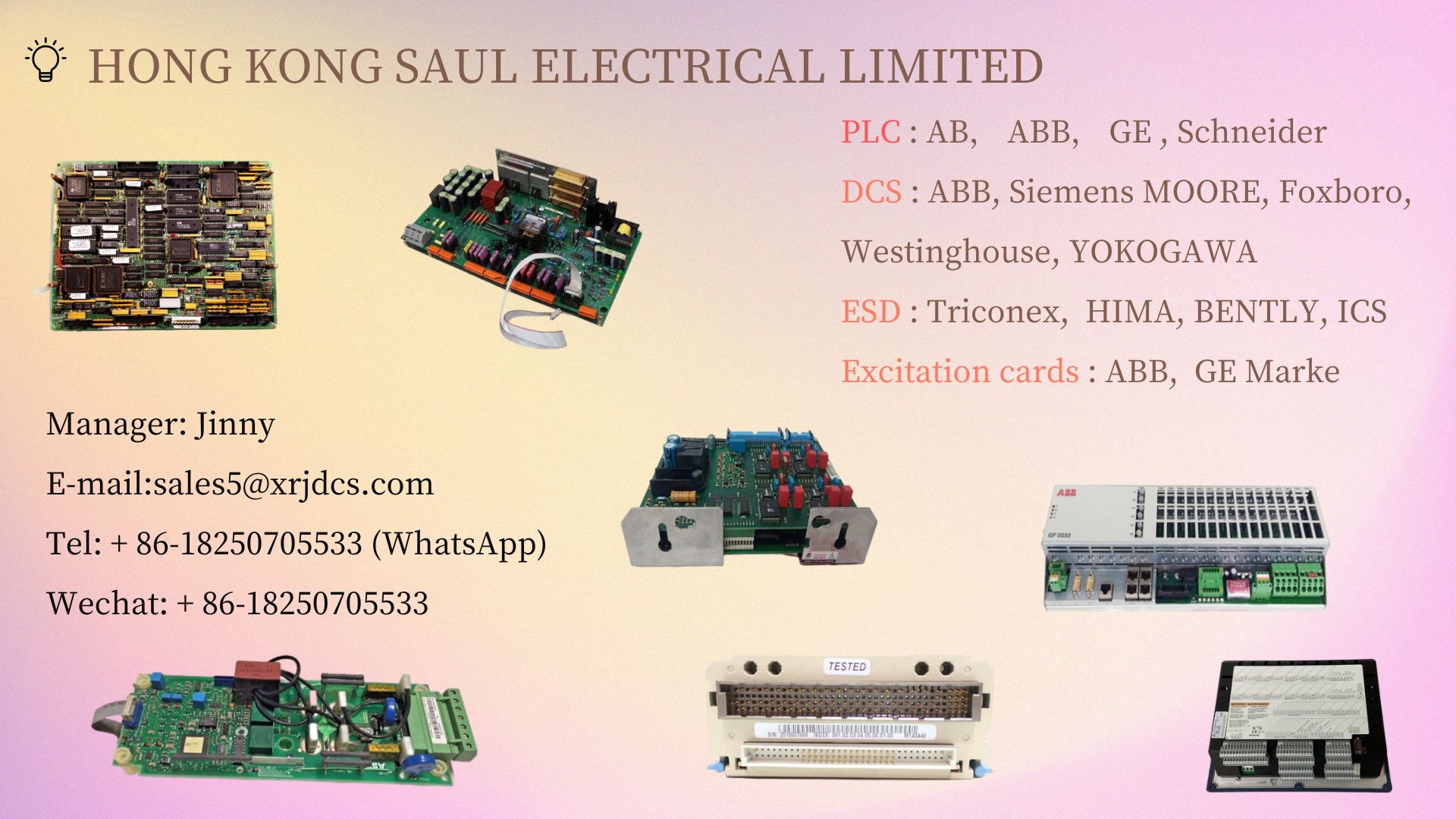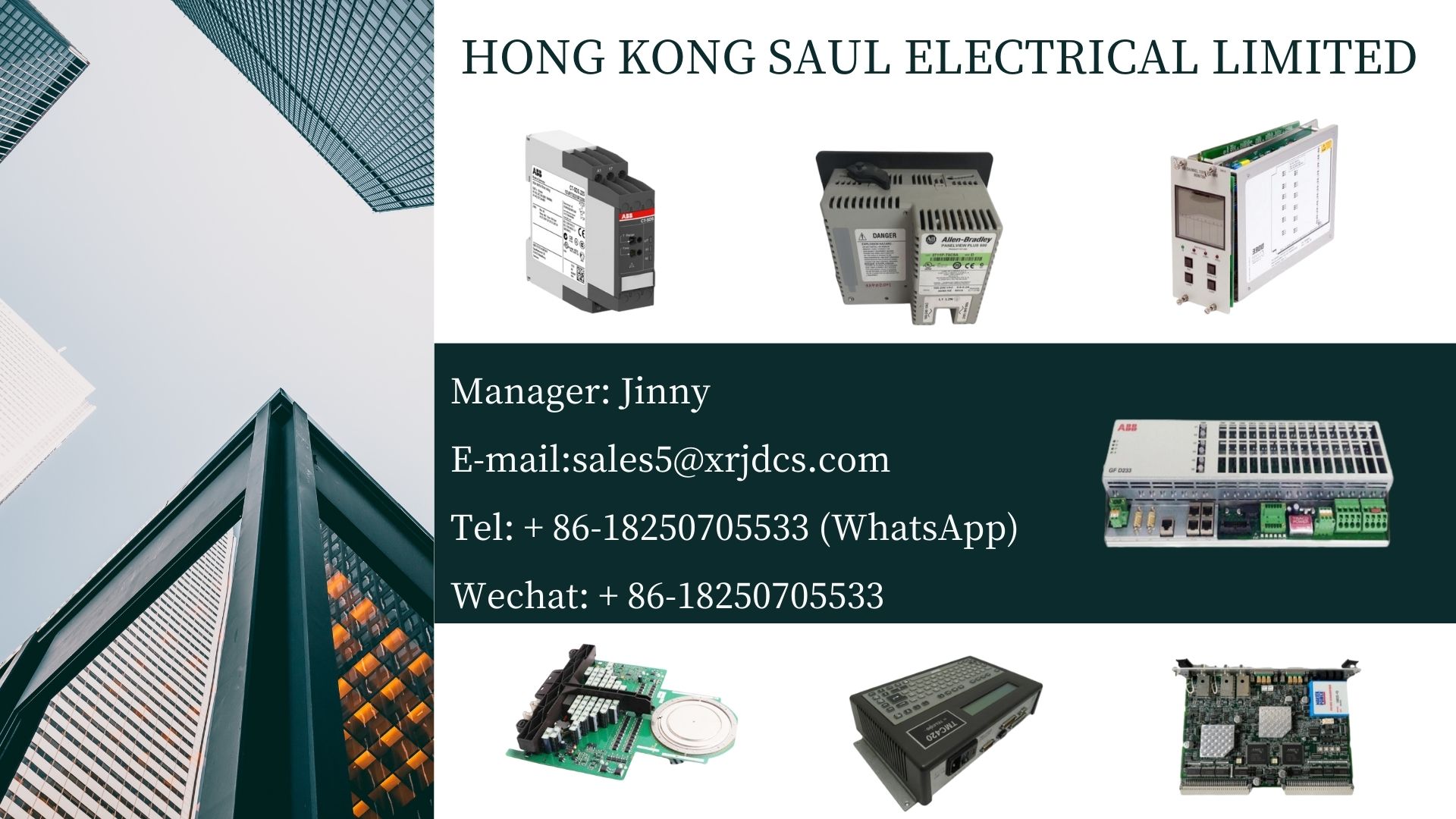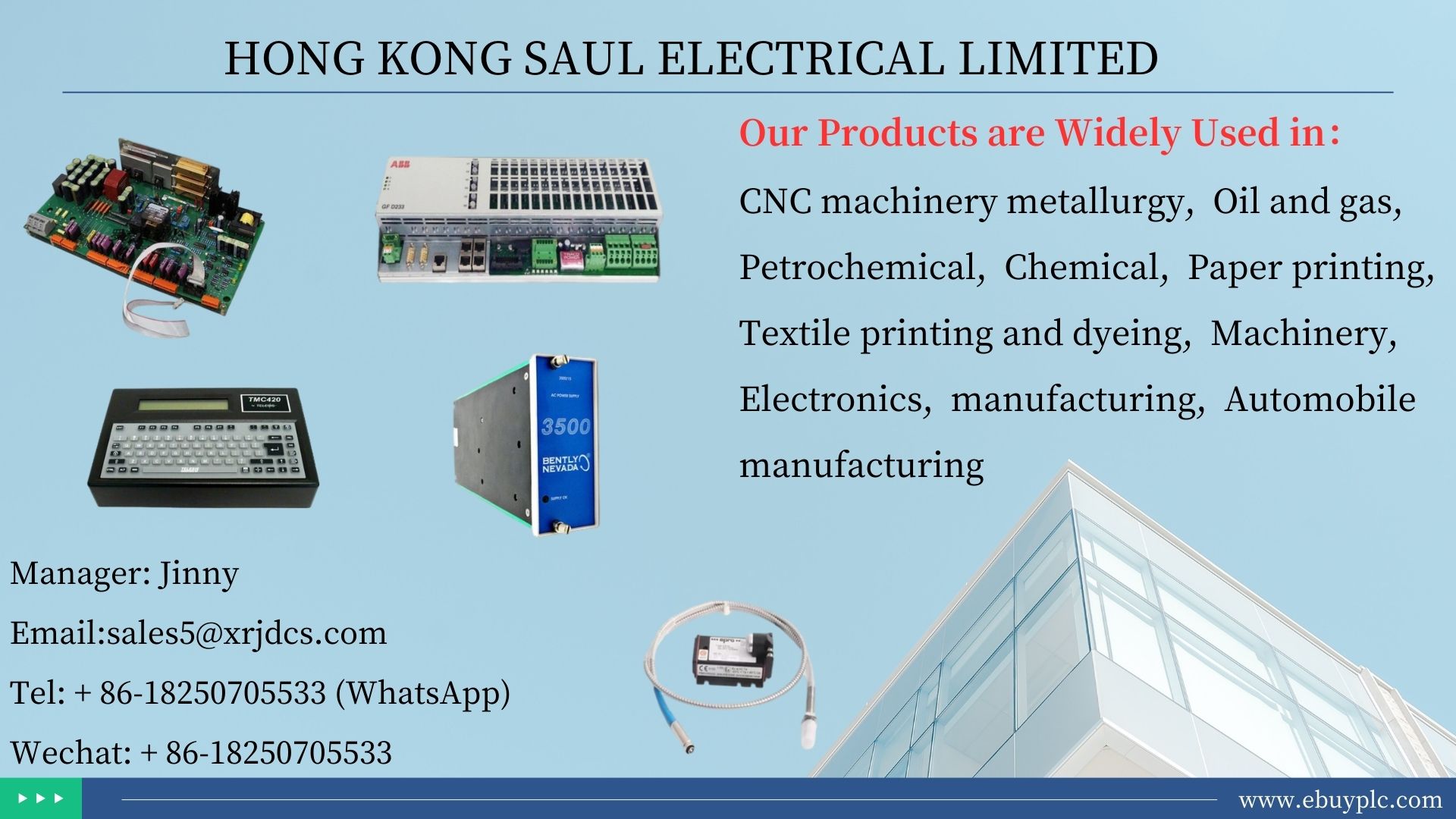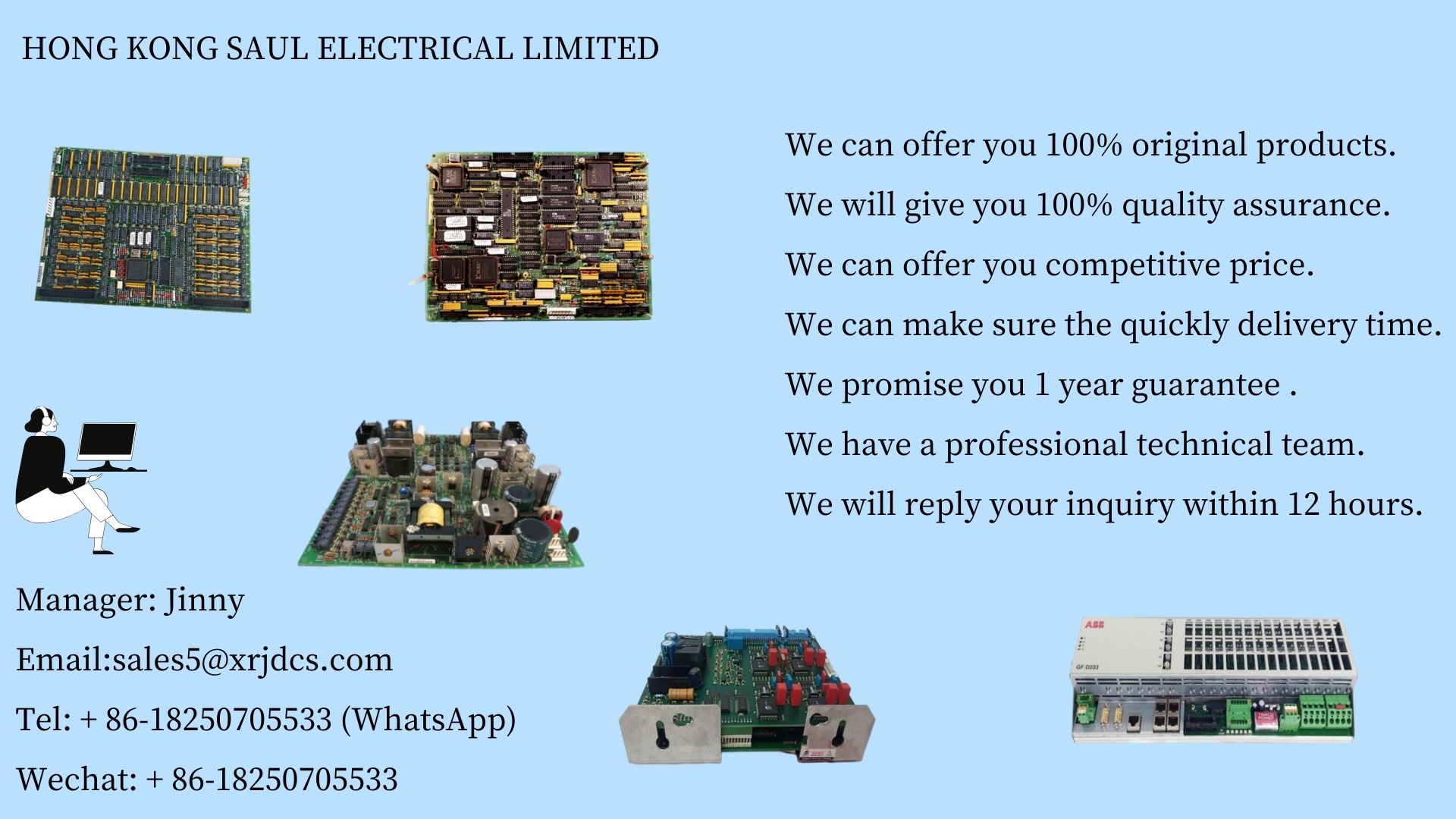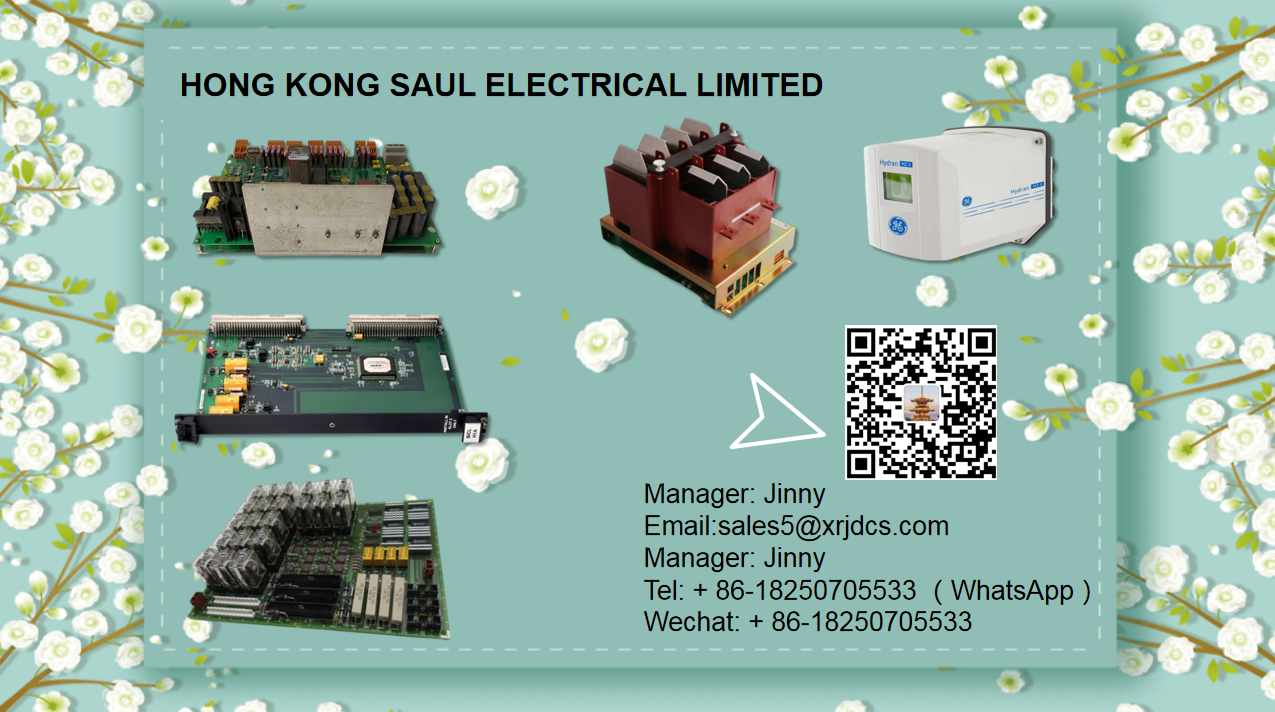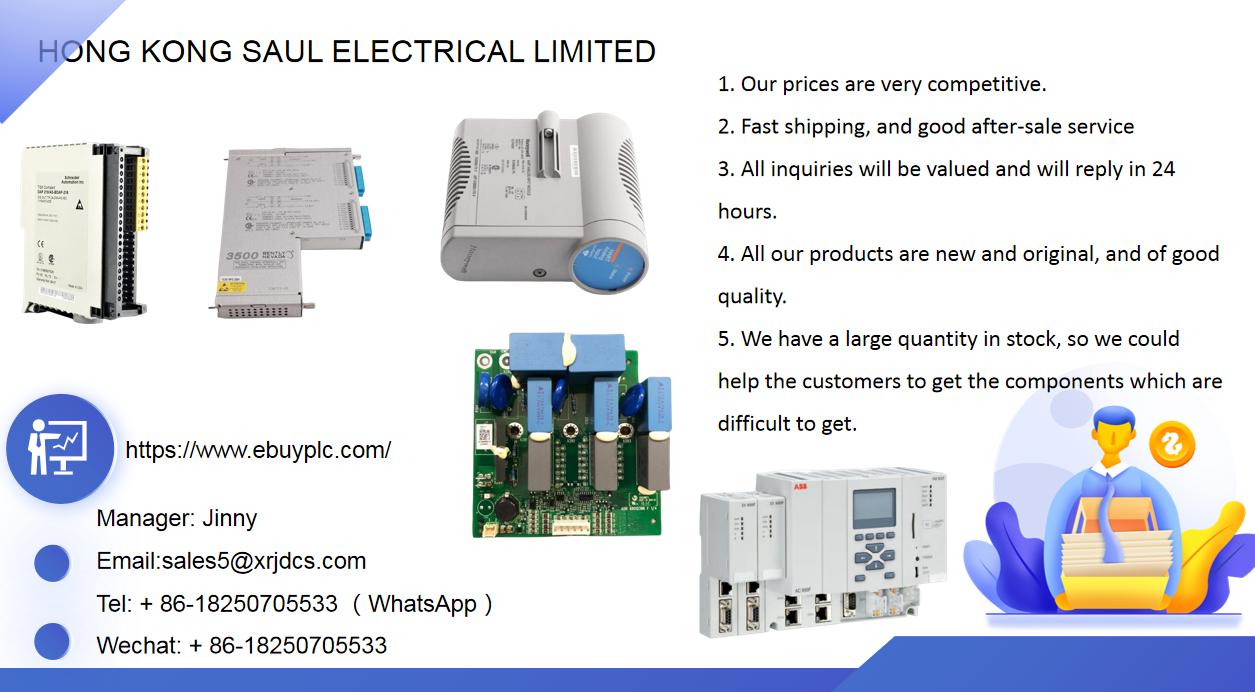0102030405
How to improve the anti-interference ability of PLC and HMI?
2023-12-08
1. The power supply with excellent performance is used to suppress the interference introduced by the power grid
For the power supply of PLC controller, non power line shall be used for power supply, and special line shall be used for power supply directly from the main bus of low-voltage distribution room. The isolation transformer shall be selected, and the transformer capacity shall be 1.2~1.5 times larger than the actual demand. A filter can also be added in front of the isolation transformer. For power supply of transmitter and common signal instrument, the distributor with small distributed capacitance and multiple isolation, shielding and leakage inductance technology shall be selected.
The controller and I/O system are powered by their own isolation transformers and separated from the main circuit power supply. 24V of PLC controller
The DC power supply shall not supply power to various peripheral sensors as much as possible, so as to reduce the interference of the short circuit fault in the peripheral sensors or power supply lines to the PLC controller. In addition, in order to ensure uninterrupted grid feeding, online uninterruptible power supply (UPS) can be used for power supply. UPS has overvoltage and undervoltage protection functions, software monitoring, isolation from the grid and other functions, which can improve the safety and reliability of power supply. For some important equipment, dual power supply system can be used for AC power supply circuit.
Different types of signals are transmitted by different cables with remote technology. The signal cables are laid in layers according to the types of transmission signals. The signal wires of the same type are twisted pair. It is strictly forbidden to use different conductors of the same cable to transmit power supply and signal at the same time, to avoid parallel laying of signal lines and power cables, and to increase the included angle between cables to reduce electromagnetic interference. In order to reduce the radiated electromagnetic interference of power cables, especially the feed cables of frequency converters, and to prevent interference from invading, shielded power cables should be used.
3. Anti interference measures for input and output channels of PLC controller
The filtering of input module can reduce the differential mode interference between lines of input signals. In order to reduce the common mode interference between the input signal and the earth, the PLC controller should be well grounded. When the input terminal has inductive load, for AC input signal, capacitance and resistance can be connected at both ends of the load in parallel, and for DC input signal, current diode can be connected in parallel. In order to suppress the parasitic capacitance between input signal lines, the induced electromotive force generated by parasitic capacitance or coupling with other lines, RC surge absorber can be used. The output is AC inductive load, and RC surge absorber can be connected in parallel at both ends of the load; If the load is DC, the freewheeling diode can be connected in parallel, and it should also be close to the load as much as possible. For switching value output, surge absorber or thyristor output module can be used. In addition, the output points are connected in series with intermediate relays or optoelectronic coupling measures to prevent the output points of PLC controller from being directly connected to the electrical control loop and completely isolated electrically.
4. Software Measures of PLC Controller Anti interference
Due to the complexity of electromagnetic interference, it is not enough to take hardware anti-interference measures only. The software anti-interference technology of PLC controller should be used to cooperate to further improve the reliability of the system. Digital filtering, power frequency shaping sampling, timing correction of reference point potential and other measures are adopted to effectively eliminate periodic interference and prevent potential drift. Adopt information redundancy technology to design corresponding software flag bit; Use indirect jump, set software protection, etc. For example, for the input signal of the switching value, the timer delay method is used to read it for many times, and the results are consistent and then confirmed to be valid, which improves the reliability of the software.
5. Correct selection of grounding point and improvement of grounding system
Good grounding is an important condition to ensure the reliable operation of PLC controller, which can avoid accidental voltage impact hazards and suppress interference. The perfect grounding system is one of the important measures for PLC controller to resist electromagnetic interference. PLC controller is a high-speed low level control device, which shall be directly grounded. In order to suppress the interference imposed on the power supply, input and output terminals, the PLC controller shall be connected with a special ground wire, and the ground point shall be separated from the ground point of the power equipment. ( http://www.diangon.com Copyright) If this requirement cannot be met, it must also be connected to other equipment for public grounding. It is prohibited to connect to other equipment for series grounding. The grounding point shall be as close as possible to the PLC controller. The centralized PLC controller is suitable for parallel one point grounding, and the central grounding point of the cabinet body of each device is led to the grounding electrode with a separate grounding wire. Distributed PLC controllers shall be grounded in series with one point. The grounding resistance of the grounding electrode is less than 2 Ω, and the grounding electrode is preferably buried 10~15m away from the building, and the PLC controller grounding point must be more than 10m away from the strong current equipment grounding point. If the expansion unit is to be used, its grounding point shall be connected with the grounding point of the basic unit. When the signal source is grounded, the shielding layer shall be grounded at the signal side; When the signal source is not grounded, it shall be grounded at the PLC controller side. When there is a joint in the middle of the signal line, the shielding layer shall be firmly connected and insulated, and all shielding layers shall be well connected with each other. Select a proper grounding point for single point grounding, and avoid multipoint grounding.
6. Equipment selection
When selecting equipment, first of all, we should understand the anti-interference indicators given by the domestic PLC manufacturer, such as common mode rejection ratio, differential mode rejection ratio, withstand voltage capability, and how strong the electric field and high frequency magnetic field are allowed to work in. We should select products with high anti-interference capability, such as programmable controllers with floating technology, good isolation performance, and human-machine interface HMI. The anti-interference problem in the field application of programmable controller and human-computer interface is complex and meticulous. The anti-interference design is a very complex systematic project, involving specific input and output equipment and specific environment of industrial site, which requires us to comprehensively consider all aspects of factors. We must fully consider the aspects of reducing interference sources, cutting off interference channels, etc. according to the actual situation of the site, and make full use of various anti-interference measures to design programmable controllers and human-computer interfaces. Only in this way can we truly improve the anti-interference ability of the programmable controller and HMI in field application, and ensure the safe and stable operation of the system.


